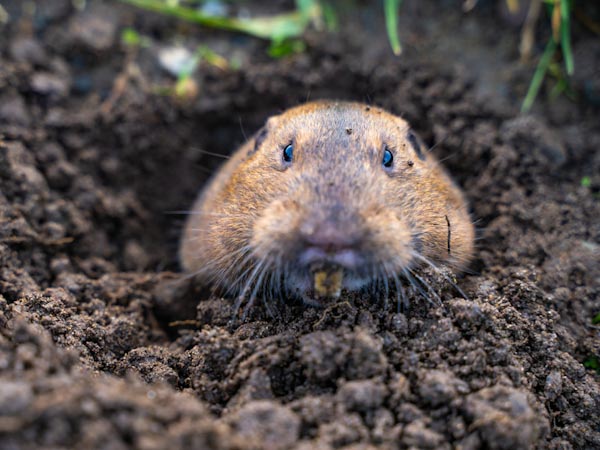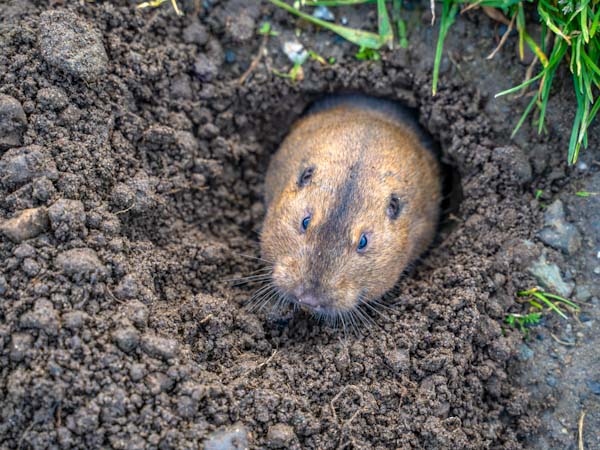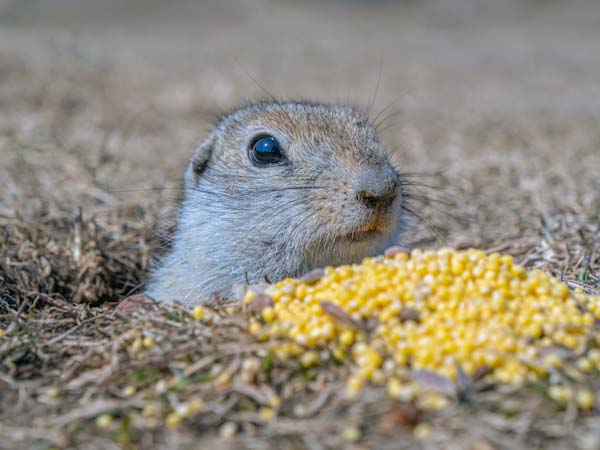Product was delivered in a very timely manner. Appears to be a very good product.
We trenched wire when we did our yard 20 years ago. However, due to the extensive gopher issues, it did not last long enough and the gophers invaded after 10 years. Such an expensive mistake. And, not to mention heartbreaking. We went without a yard for several years. Now, we paid the extra for this and are very hopeful our Grandchildren can future outdoor events can be enjoyed for years to come.
beautiful product. The long edge of the roll is neatly woven. It’s easy to cut with wire cutters. It bends easily just using hands. It can be stretched over the ground and follows the hills/valleys very well due to the hexagonal weave.
Best protection against gopher damage. Highly recommended.












